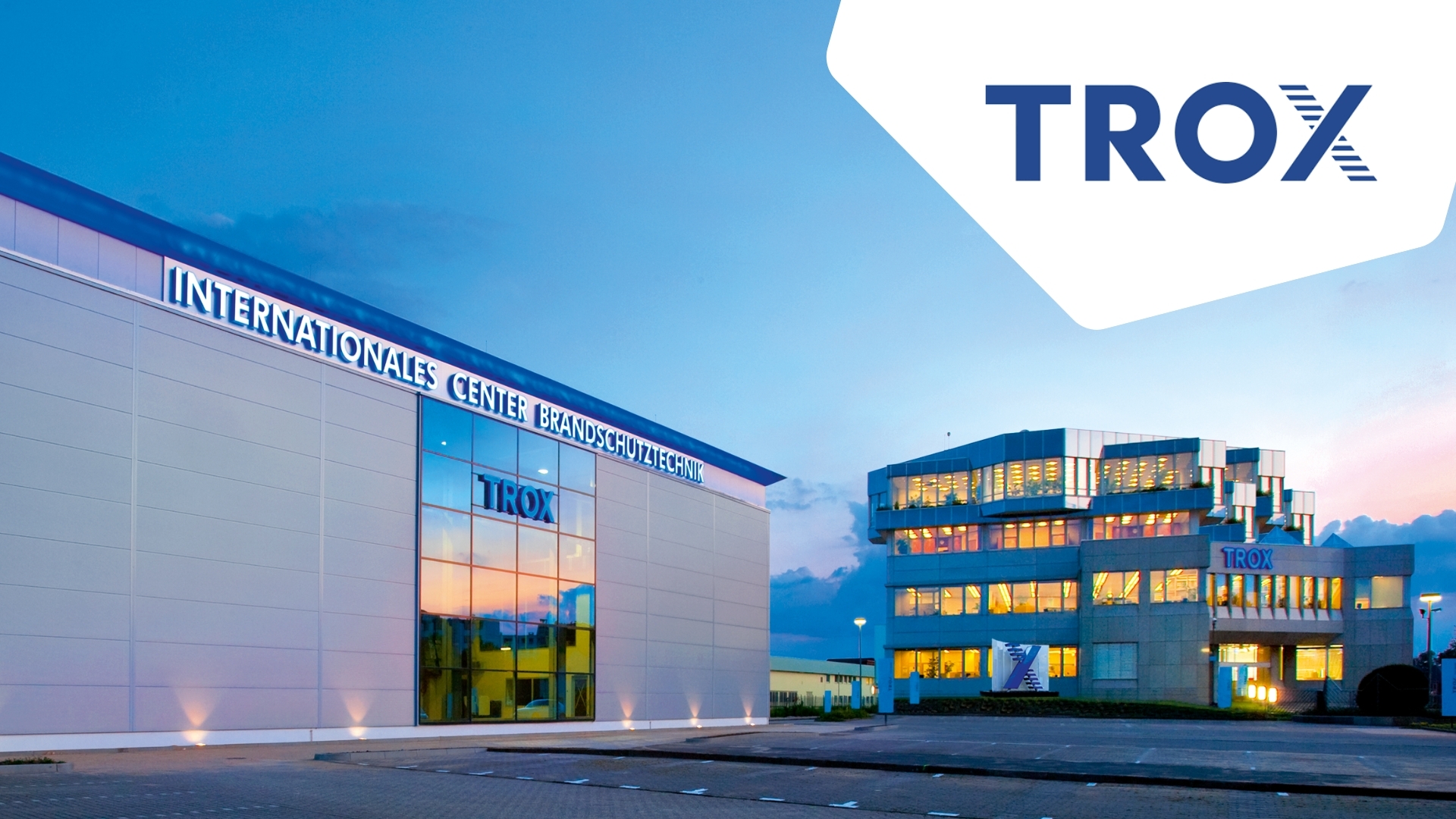TROX SE (hereinafter “TROX”), headquartered in Neukirchen-Vluyn, is one of the world’s leading providers of ventilation and air conditioning technology. The company operates in over 70 markets, with 33 subsidiaries and 20 production sites.
In 2023, TROX took up a central challenge: providing technical information exactly where it is needed – targeted, structured, and always available. The goal was to build a digital knowledge and service portal based on DOCUFY TopicPilot, delivering modular, context-based, and role-specific content.
For the conceptual foundation, TROX brought in the experts from kothes. Together, they developed a sustainable metadata model, including PI classification, in a series of workshops. This model enables targeted filtering, dynamic delivery, and long-term maintainability of content in TopicPilot.
The editorial infrastructure had already been already established: Since 2013, TROX has been using the XML-based editorial system COSIMA from DOCUFY, which was also introduced in collaboration with kothes. Around 250 operating manuals are managed there for international markets in up to 20 languages.
However, with increasing product variety and higher expectations for digital delivery, the previous approach reached its limits. Building the DOCU PORTAL was the logical next step, and the pilot project “Fire Dampers” successfully passed its first test (more on the pilot project below).
Today, the portal stands on a solid foundation. Other national subsidiaries are already preparing to connect. Additional data sources such as PIM systems, service documentation, and internal chatbots are also planned for integration. All systems access the structured COSIMA database, methodically developed with kothes.
The Initial Situation
TROX adopted a structured and systematic approach early on: COSIMA was introduced in 2013 together with kothes. Documents were built using reusable content modules, consistent structures, and systematically maintained content. This approach enabled high quality and efficient translations.
Christian Schmithüsen, technical editor and project manager at TROX, recalls: “We experienced a quantum leap in handling the many translations. We can send out individual packages for translation and track every single step. The time required has dropped drastically.”
However, as the variety of variants grew, along with additional target groups and the need for digital, context-based delivery, the existing model needed to evolve. Content should no longer be delivered exclusively as PDFs, but in a targeted, context-based, and role-specific fashion – right where it is needed: on construction sites, in technical service, or in internal support.
The new vision: a central knowledge portal providing modular, filterable, and user-friendly content from COSIMA – on any device, in any context. To realise this vision, a new basis for managing content was developed together with kothes.
The Task
The new portal required a rethink of the approach to technical documentation. Modular content now had to be comprehensively and consistently classified and tagged with metadata.
TROX wanted a unified, scalable metadata concept with consistent PI classification, applicable across all products and manuals – making it adaptable for new markets, variants, and target groups. Together with kothes, four central areas of action were defined:
-
Provide precise information:
The goal was to prepare content so that only the relevant information is delivered, depending on role, context, or application. -
Create systematic structure:
All content should be tagged with a unified and future-proof metadata model and a machine-readable PI classification. -
Ensure internal acceptance:
Internal departments were involved early to build a shared understanding of information needs and system logic. -
Prove practical feasibility:
A concrete use case – the fire damper product group – was chosen to demonstrate how the metadata model works in practice and to ensure future scalability.
The task for kothes was clear: to develop a consistent, editorially integrated metadata concept that reliably maps existing content in COSIMA while remaining scalable for future content, product groups, and target markets.
The Approach
Laying the Foundations and Defining Requirements
In joint workshops, kothes and the TROX team systematically analysed the content and structural requirements.
The focus was on key questions for technical documentation:
- What information is needed in which usage context?
- How must content be structured, classified, and tagged to be easily found and delivered appropriately for each medium?
The result: a robust initial draft for a sustainable metadata concept that meets both editorial requirements and the needs of future users.
Developing PI Classification and Embedding Structure
Together with the TROX team, kothes developed a PI classification based on the existing product structure, suitable for classifying all modular content.
Special attention was paid to practical implementation in the technical documentation process. The classification was closely aligned with real product structures, existing modules, and editorial workflows. This created a system that is not only conceptually robust but also operationally feasible – and accepted.
Proof of Concept via Use Case
To test the concept in practice, a pilot project filled an initial test instance of DOCUFY TopicPilot with classified content from the fire damper product group. It quickly became clear: technical implementation is only part of the success. What matters is how the content is perceived and used.
Product managers could experience live how information can be intuitively filtered, specifically retrieved, and immediately applied. Mobile access via QR code also worked seamlessly. The benefits of structured information delivery were immediately tangible for everyone involved – from editorial staff and service teams to product management and sales. Initial scepticism gave way to genuine conviction.
The Benefits for TROX
With the new metadata concept and PI classification, TROX has established the editorial foundation for a modern digital information architecture. Instead of static PDFs, dynamically filtered, modular content is now available – tailored precisely to each user and exactly where it is needed.
Christian Schmithüsen summarises: “The result is excellent! Our employees no longer have to carry around large documents, and our customers can easily find the information they need on their own.”
Even in the prototype phase, the system impressed with its intuitive usability and clear user guidance. For TROX, the next logical step is international scaling: subsidiaries in Norway and Switzerland will also use the COSIMA editorial system and work with the metadata concept in the future.
The close collaboration with kothes forms the methodological basis for efficiently and sustainably populating content delivery portals with high-quality, modular content. The structured approach and targeted pilot project make this a best-practice example for companies looking to future-proof their technical documentation in the digital age.

